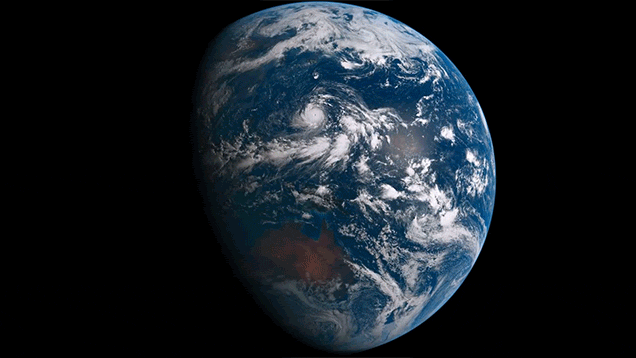Physics science of nature

If you can read this, your browser does not support the audio element.
Physics is a science of nature that studies the structure of matter, general properties, laws of motion, forms of existence of matter, and reciprocal transformations of these forms
Physics is related to other sciences of nature:
chemistry deals with the interaction of atoms to form molecules
modern geography studies earth physics (geophysics)
astronomy is related to star physics and interstellar space
biophysics and biochemistry study the same types of laws.
Ideas about the world of physics date back to antiquity, but as a subject of study, physics emerged at the end of the nineteenth century
In ancient times, the Babylonians and the Egyptians observed the movements of the planets, predicted the eclipses, but failed to find the laws governing the movements of the planets
Greek civilization added very little to the previous discoveries, for admitting, without criticizing, the ideas of the two philosophers Plato and Aristotle who did not accept the practical experiments
In Alexandria, Archimedes has made many practical mechanisms. He invented the mechanism of lever and screwdriving, discovered the principle of measuring the density of solid bodies by immersing them in liquids
Greek astronomer Aristarchus of Samos measured the distance from Earth to Sun and Earth to Moon.
astronomer Hipparchus discovered the succession of equinoxes; the mathematician and geographer Ptolemy proposed the planetary motion system in which the Earth was in the center, and the Sun, Moon, and stars circulated around circular orbits
Galileo Galileo has built a telescope and, since 1609, has confirmed the heliocentric system by observing Venus. He discovered the irregular surface of the Moon, Jupiter's first four bright satellites, sun-stained stars, many stars in the Lacte Way
In the seventeenth century, Isaac Newton set out the principles of mechanics, formulated the law of universal gravity, separated the white light into colors, proposed the theory of light propagation, invented the integral and deferential calculation. through its discoveries, covered an enormous surface in the natural sciences. He was able to show that both Kepler's planetary motion law and Galilean discoveries of the falling bodies are the result of the combination of the second law of motion with the law of gravity. predicted the appearance of comets, explained the effect of the moon in tidal production and the succession of equinoxes
The main branches of physics are: mechanics, electricity and magnetism, thermodynamics, atomic and molecular physics, quantum mechanics,
Thank you for reading !
This Account @savetheworldd is Now Under Quarantine
It is in The Hand of Hackers / Phishers.
Do Not Up Vote !
Warning! Do not interact with @savetheworldd Account.
Do Not Click , on any of the comment.
It will lead to The Phishing Site.
1
Posted using Partiko Android
Get free 5 steem (instal telegram and click https://1link.one/Free5steem